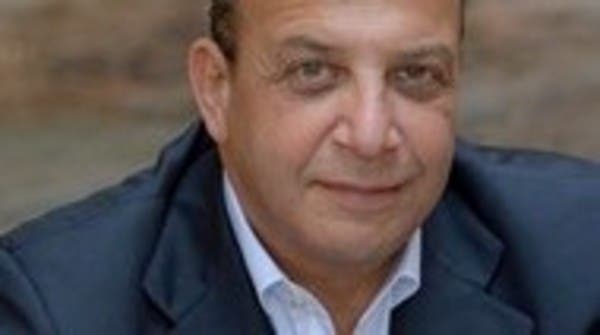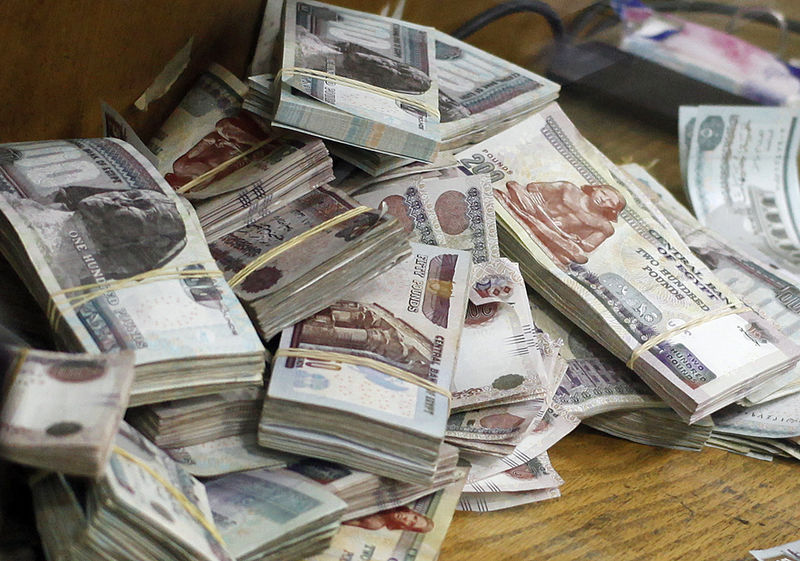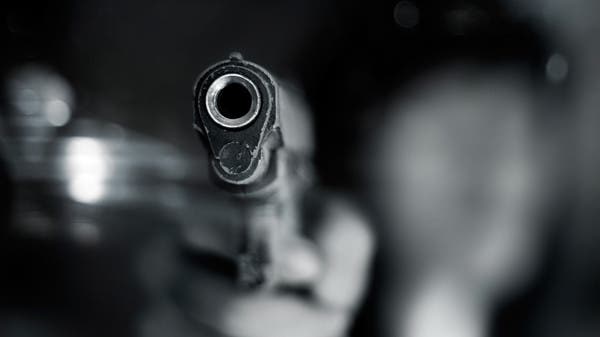On September 16, 22-year-old Iranian Mahsa Amini was killed in hospital after falling into a cerebral coma (coma), after being arrested by the Iranian morality police of the “Basij” forces, ie the paramilitary wing of the Iranian Revolutionary Guards in a street in Tehran, accused of not wearing the hijab properly, and took her to a police station, where it emerged that she was severely beaten in the police car carrying her and then to the station.
Mahsa was taken to the hospital and then died. This incident may have passed like many others that Iran has witnessed and is witnessing around the clock in most cities. This time, Mahsa’s death was the spark that sparked a massive revolution across Iran in dozens of Iranian towns and cities, where popular demonstrations, particularly those led by young Iranian women no more than twenty-five, they did not stop.
Dozens, if not hundreds, the demonstrations spread to the neighborhoods of large cities such as Tehran, Isfahan, Mashhad, Qom and others, all starting in the early hours of the morning with the slogan denouncing the killing of Mahsa Amini, killed by the men of the regime, and soon he turned to denounce the “dictator” that is the guide Ali Khamenei, and then the regime and its symbols and historical and symbolic characters, such as the founder of the Islamic Republic, Imam Khomeini, and the commander of the “Quds Force” of the “Revolutionary Guard” Qassem Soleimani, killed in an American raid in Baghdad at the beginning of 2020, to the other slogans calling for revolution, freedom, dignity and confronting the theocratic regime that dominates the country. the victory of Khomeini’s “revolution” in 1979.
These large-scale demonstrations are a surprising event. It comes about four years after the uprising that raised fuel prices, that the then regime drowned in blood and made more than 1,500 victims to stop it, and it succeeded. At first, observers, including us, did not expect things to develop to this extent. We thought that the matter would be of limited scope and impact, and would not exceed the scale of protest for the killing of the young woman Amini, only to end due to the strength of the regime and its steel hand holding the ground. throughout Iran, as well as the fact that laws governing clothing in Iran were long accepted during the era of the Islamic Republic.
It has been surprising to those who have followed how the regime, and through it the state, has moved in the past two years towards global radicalism after taking conservative control over the Iranian parliament and then relocating Ibrahim Raisi (who passed from presidency of the judiciary) to the presidency of the republic and then to the executive authority. All this at a time when the regime institutions that frame the work of the state have been “purified” at various levels by the forces of reform or “suspicious” of their Western tendencies. All of this is orchestrated by the close alliance that exists between Supreme Leader Ali Khamenei and his successor, the conservative fundamentalist religious institution and the military-security institution generally represented by the “Revolutionary Guard”, a broad picture that goes beyond security. military framework to include an economic, financial and now religious dimension after his arrival years ago in Qom and has penetrated the properties.
This radicalism, which has caught the regime in one of the most difficult economic and social phases, may be one of the main reasons that made the Mahsa Amini case an issue that went beyond the boundaries of protest to become, against all odds, a revolution that it could be called a “women’s revolution” that young women have ignited in the streets of cities and towns, joined by young men and now a large number of different age groups in the country. Every night, hundreds of Iranian cities and towns are transformed into theaters for revolutionary demonstrations against the regime and all it symbolizes, and thousands of young people face the security forces and the Basij with rare courage. Day after day, despite the dozens of deaths caused by the bullets of the regime forces, the momentum of the road has not diminished, from which it has become clear that we are no longer talking only about Mahsa Amini, but for the good of every “Mahsa Amini” throughout Iran.
The young woman, who is arriving on a tourist visit to Tehran from the Iranian north, has become the title of the revolution for the rights of Iranian women, but above all it is a massive social revolution with multiple titles: cultural, humanitarian, and religious. It is also a political revolution against the whole system. It reveals the gravity of the internal crisis experienced by the regime fleeing the crises abroad, to vent it with clashes with the outside and mobile wars, while the concerns of the Iranian citizen are elsewhere.
It is a revolution in the face of the regime with its old religious institution, which is controlled by clerics, most of whom have become religious merchants and owners of fantastic riches, and their age is very high. It is also a revolution in the face of the military security establishment that has turned Iran into a kingdom of silence and made the protest a chance to take one’s life. Every time he went out on the street, the regime drenched him in blood. Hence the fear that the revolution that is taking place before our eyes in Iran will be suffocated in the blood of young women and men who are rebelling against the religious and military institutions of oppression that hold the fate of a hundred million Iranians.
Our expectation is that the regime will soon face the current massive revolution with more violence, even if it will lead to the killing of hundreds of people. What is important for the organization is its survival. There is no limit to the price to pay. In the end he will decide. But how will Iranian society and the silent majority react to the regime’s next round of violence and bloodshed?
according to “day“
–
I notify:
All published articles represent the opinion of its authors only.


